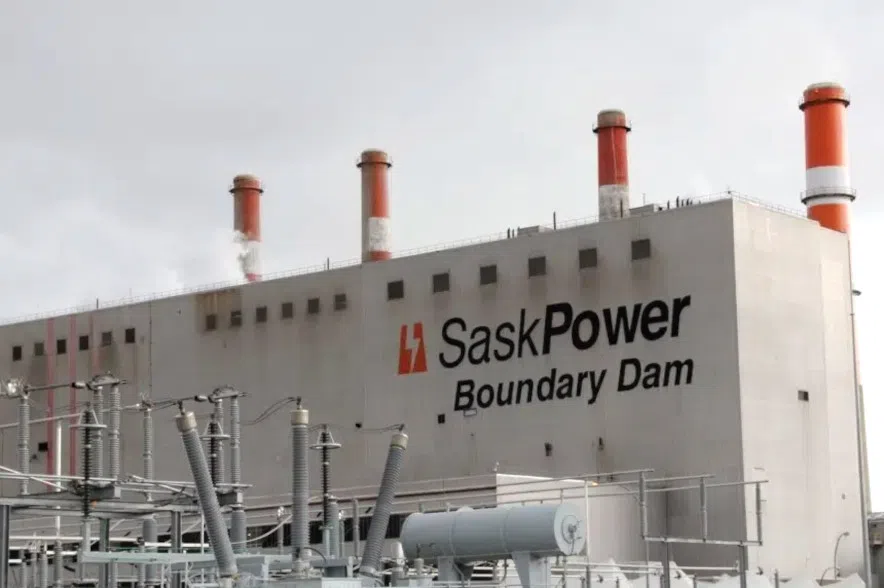Despite a federal push to the contrary, the Government of Saskatchewan has decided not only to not shut down its coal plants early, but to work to extend their lives.
The decision was communicated to SaskPower employees first in a letter from the Minister responsible for SaskPower, Jeremy Harrison.
Harrison has been heavily hinting at such a move for months, but this is the final decision from government on the matter.
Read More:
- Sask. to ignore federal Clean Energy Regulations despite changes
- Questions remain as Sask. moves to zero out industrial carbon tax
- Job and population loss await Estevan, according to study into power station closures
The letter said SaskPower will be extending the life of up to about 1,500 MW of coal assets, and investments will be made to extend the lives of all coal units at Boundary Dam, Poplar River and Shand power stations. Work will start this year on restoring Boundary Dam 4 to service and getting it recertified.
According to the minister’s letter, other announcements will be coming regarding grid enhancements, new generation projects, and significant investments in SaskPower’s future.
Coal has long been a target of federal environmental regulations, trying to curb its usage in power generation as part of a push to lower emissions across the board.
Saskatchewan has chafed at these regulations, arguing that while other provinces have an abundance of non-emitting power sources like hydro, Saskatchewan has built its power grid on coal, and it’s too difficult to pivot away from quickly. According to a federal report, Saskatchewan and Nova Scotia are the two provinces most reliant on coal in their power generation mix.
In the letter to SaskPower employees, Harrison repeats the provincial government’s contention that the federal government has no standing when it comes to the operation of the coal plants. He wrote that the constitution gives exclusive authority to the province to make laws around electricity generation.
Federal regulations set a performance standard for coal emissions and set a phase-out for conventional coal-fired electricity generation by 2030. The Saskatchewan government has said it won’t be abiding by that, and will stick with its goal of getting the grid to net zero by 2050 – the province signed an equivalency agreement on those regulations in December.
“But this must be done responsibly and be based on deployment of nuclear generating assets fueled by uranium mined in our province,” said Harrison in the letter.
In a statement about the letter, Harrison talked about the province’s priorities for power generation – reliability, affordability and security – and said they led to a “fundamental reconsideration of the future role of coal in our system.”
“Saskatchewan people own our coal resource, which we are blessed with in enormous quantities. We know that we will have access to it,” wrote Harrison.
“The certainty and security of coal means that it will continue as a pillar of our electrical generation system as we bridge to a nuclear future powered by Saskatchewan uranium.”
Harrison pointed to a future of nuclear providing the province’s baseload power several times in the statement, though the government has said multiple times, as it made announcements around nuclear, that it doesn’t expect a final decision on whether to go with nuclear power until 2029.











